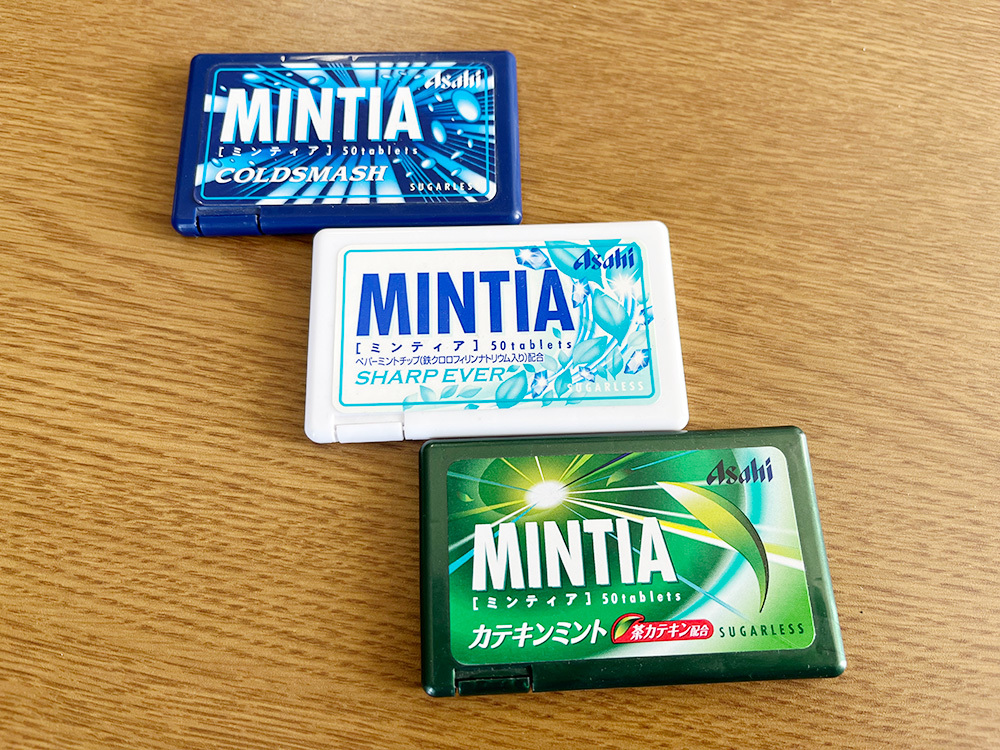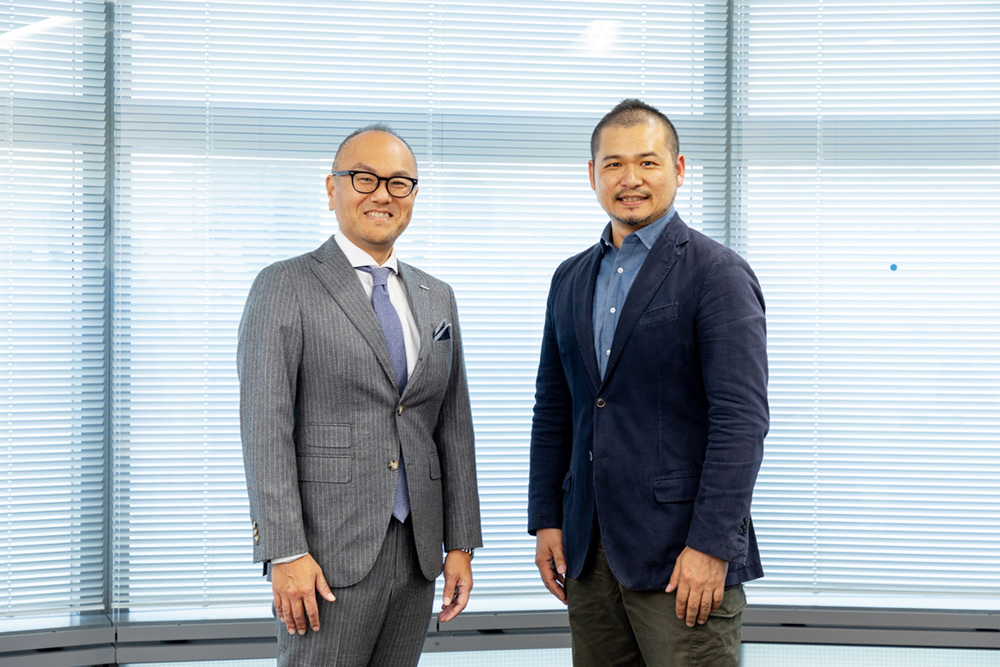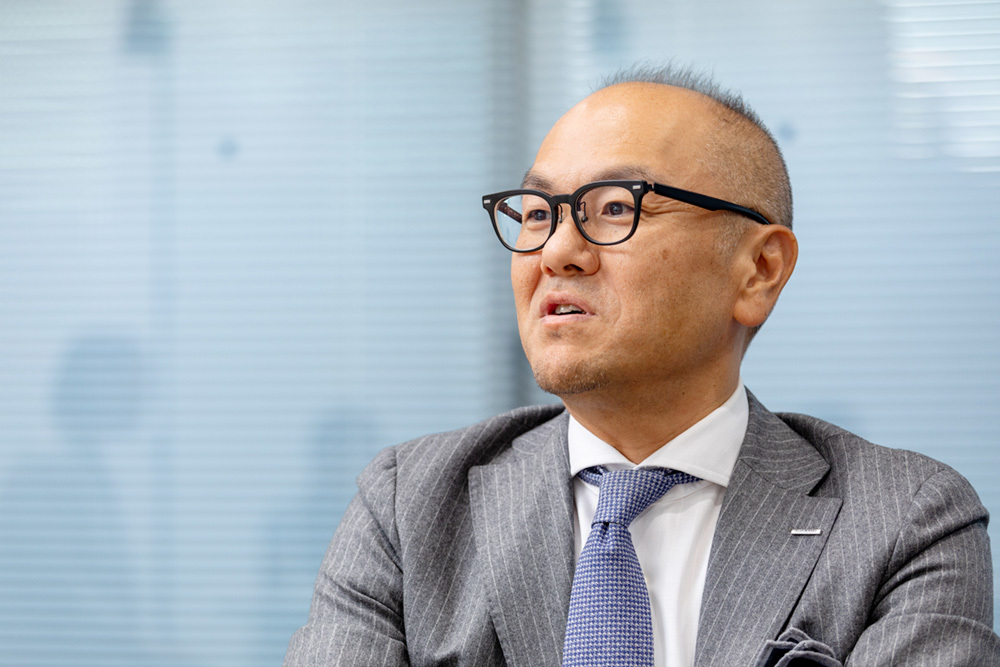This series delves into the essence of leadership by interviewing top executives who break all biases and drive business transformation within their companies as architects.
This installment features Mr. Akihiro Kato, General Manager of the Photosensitive Materials Division at Asahi Kasei's Life Innovation Business Division.
As a comprehensive chemical manufacturer spanning chemicals, lifestyle products, textiles, building materials, and more, Asahi Kasei operates across diverse fields. Its Photosensitive Materials Division has long manufactured and sold photosensitive resin plates and plate-making equipment for flexographic printing. Amidst this, in September 2023—marking the division's 50th anniversary—it announced a transformative initiative challenging the printing industry's conventions.
This was the launch of "Solvent ZERO," a solution to eliminate organic solvents(*) from printing operations.
Driven by the belief that Asahi Kasei, a company that has always valued "life" and "living," must protect both workers and the environment, this "Solvent Zero Project" began. However, the path to this point was fraught with twists and turns and formidable obstacles.
This time, we hear from Mr. Akihiko Fuchi of Dentsu Inc., who has partnered with the project to jointly promote awareness and adoption of water-based flexographic printing.
*Organic solvents
A general term for organic compounds with the property of dissolving other substances, such as solvents and toluene.

Flexographic printing: A type of relief printing that uses rubber or synthetic resin as the plate material. It offers flexible adaptability to substrates with poor smoothness, such as thick paper, corrugated cardboard, plastic film, and fabric. It significantly reduces volatile organic compound (VOC) emissions, making it a technology gaining attention for its alignment with the SDGs. Recent performance improvements now enable beautiful reproduction not only in monochrome but also in full color.

Mr. Akihiro Kato of Asahi Kasei (left) and Mr. Akihiko Fuchi of Dentsu Inc.
Two Major Barriers to Flexo Printing Adoption
Fuchi: To be honest, I didn't know much about flexographic printing until I started working with you, Mr. Kato. First, could you tell me about flexographic printing and photosensitive resins handled by the Photosensitive Materials Division?
Kato: Flexographic printing is a type of relief printing characterized by the use of photosensitive resin during plate making. Photosensitive resin has the property of hardening when exposed to ultraviolet light. We utilize this characteristic to create raised and recessed areas, forming a plate (resin plate). This resin plate is then mounted onto a printing press, where ink is transferred onto paper, film, and other substrates. However, in Japan's packaging printing market, gravure printing (intaglio printing) using metal cylinders coated with copper plating or similar processes accounts for 98% of the market. Flexographic printing currently makes up the remaining 2%.

Resin plates used in flexographic printing
Fuchi: I hear flexo printing is more widespread overseas than in Japan.
Kato: That's right. It's a widely adopted printing method, especially in Europe and America, because it allows the use of water-based inks and is environmentally friendly. In the US, it's said that about 80% of packaging printing is flexography. However, in Japan, its use is mainly limited to printing on corrugated cardboard, and gravure printing continues to dominate the market.
Fuchi: Why hasn't flexographic printing caught on more in Japan?
Kato: Major printing companies have invested in gravure printing presses for packaging, and many manufacturers ordering prints still have the fixed notion that "printing equals gravure printing." There's also the fundamental issue that flexo printing itself isn't widely known; even when you mention "flexo printing," people often respond with "What's that?"...
Given this background, when I became the business division manager in 2020, we held seminars for advertising agencies, including Dentsu Inc., asking, "Do you know about flexo printing?" Many creative professionals responsible for various ads attended these seminars. They all shared the common perception that flexo printing = corrugated cardboard printing, asking things like, "Can it do color printing?" or "Flexo printing is monochrome, right?"
Fuchi: So even among those familiar with flexo printing, many held misconceptions or were unaware of its dramatic technological advancements.
Kato: Exactly. In reality, it can certainly handle color, and it can reproduce fine details, meaning it can print photographs beautifully. The fact that this was completely unknown was a huge shock to us in the Photosensitive Materials Division. We realized we couldn't just keep doing things the same way... Despite nearly 50 years in the flexo printing business, the fact it remained so unrecognized made us think continuing the same approach would change nothing. So, we decided to start activities to get flexo printing correctly recognized in the market, with the cooperation of Dentsu Inc.
Fuchi: That's how the project team to promote flexographic printing was formed by Asahi Kasei and Dentsu Inc. I had several opportunities to join Mr. Kato on client meetings during this time. What struck me immediately was how much harder than expected it was to overcome the preconceived notions manufacturers had about flexographic printing when placing print orders.
Kato: Everyone assumes flexo printing is low quality. So when we introduced it, they'd ask, "What if the print quality suffers and sales of the product itself drop?"
Even when they see actual flexo prints and acknowledge the quality is fine, the cost barrier comes up next...
Fuchi: So there were indeed barriers of perception and cost standing in the way. Is flexo printing actually more expensive compared to other printing methods?
Kato: Partly because gravure printing is so widespread, looking solely at costs like plate making, flexo printing is indeed more expensive. However, flexo printing offers the advantages of high printing speed and low waste.
For example, if you have a request to print 5,000 meters of packaging, gravure printing requires running 7,000 meters to account for press setup and other factors. With flexo printing, which has less waste, you only need 5,500 meters. This results in reduced equipment and ink usage, making flexo more cost-effective overall. That said, clients tend to focus on the visible costs, leading to the impression that "Gravure plate making is so cheap, but flexo is expensive!" I feel this cost barrier is one reason flexo printing struggles to gain widespread adoption.
A personal experience became the breakthrough
Fuchi: When we first started the project team's activities, our basic approach was from an SDGs perspective, emphasizing things like "environmentally friendly" and "reduced CO2 emissions." But I clearly remember feeling frustrated when, in the end, we were told, "We get that it's environmentally friendly, but the cost goes up, right?"
Is there any way to break through this? As we discussed within the team, I recalled an episode Mr. Kato had shared with me earlier, from his time as an overseas sales representative.
Kato: That was a real experience from about 25 years ago when I was in overseas sales. It stuck with me, something I couldn't forget... I shared that story with Fuchi and everyone at Dentsu Inc.
Organic solvents are used for various purposes in printing facilities. They're components in the inks used for printing, like toluene, and they're also used during plate making, for cleaning plates and such. Because of this, domestic printing and plate-making sites in Japan have ventilation systems and other measures in place to prevent odors from filling the room. However, back then, overseas, especially in Asia, most sites lacked proper environmental infrastructure.
Amidst this situation, while visiting a plate-making company in Taiwan as a sales representative, I witnessed workers using organic solvents in a sealed plate-making room without protective eyewear or gloves. With no ventilation, the pungent odor of organic solvents filled the room, creating working conditions that could hardly be called good. On another occasion, the family running the plate-making company had a newborn baby. What shocked me was that during the day, this baby was placed to sleep in the room right next to the plate-making room where organic solvents were handled.
Seeing this situation made me question the environment. Of course, as a sales representative, I needed to ensure our products were used extensively to generate profits. Yet, as a human being, I felt a vague yet strong conviction that this environment was unacceptable. However, at that time, flexographic printing technology had not yet advanced, and solvent-free water-developable resin plates had not been developed. So, I was left with only this lingering unease.
Fuchi: This episode also left a strong impression on me personally, and it stayed with me. Until now, the core focus of this project's activities had been on reducing CO2 emissions. However, during repeated discussions within the team, the opinion arose that perhaps saying "We will eliminate organic solvents" might garner more support than just focusing on CO2 reduction.
The "Solvent-Free Project," embodying the company's purpose, finally launched
Fuchi: We immediately surveyed acquaintances in the printing industry, asking, "If plate-making equipment or materials existed based on a solvent-free concept, would you consider adopting them?" The response was positive: "If we could eliminate solvents from the workplace, it would not only improve working conditions but also lead to work-style reform." This gave us a strong sense of conviction that this could work.
That's when I immediately proposed to Mr. Kato, "Why don't we start eliminating solvents from the printing workplace?"
Kato: When I heard this, I felt a weight lift from deep within me. It made me realize that simply changing our perspective could spark transformation even in areas we'd taken for granted—like the use of solvents in printing.
Fuchi: That's when the "Zero Solvent Project" truly got underway.
Kato: Once the project's direction was set, our development goals at Asahi Kasei became clear, and we could see what message we needed to convey to our stakeholders. I believe that was around the summer of 2022.
Fuchi: Yes. I feel this shift in perspective was our breakthrough.
(Continued in Part 2)














